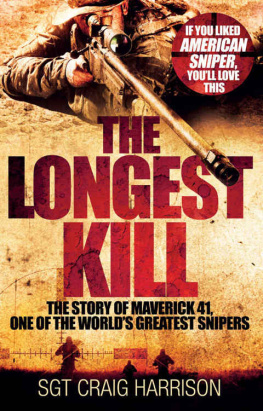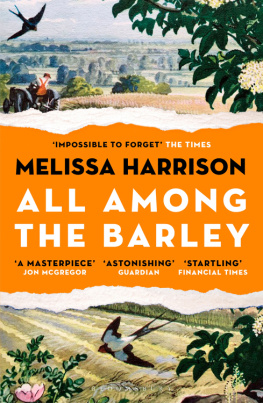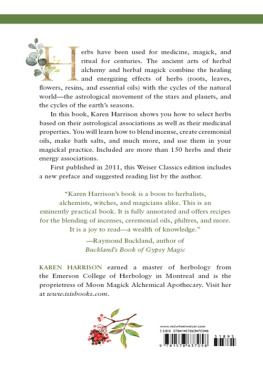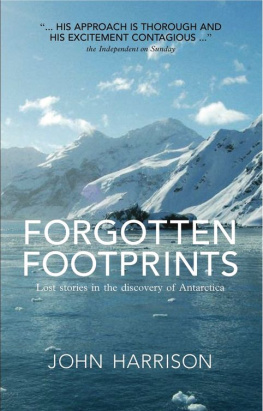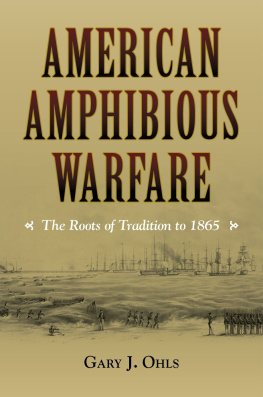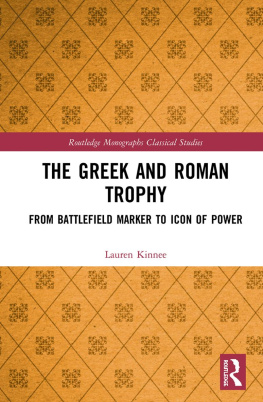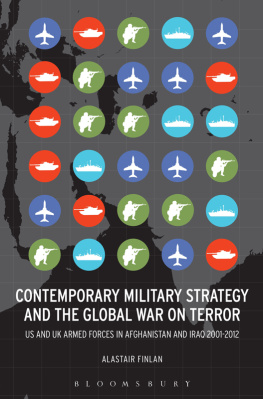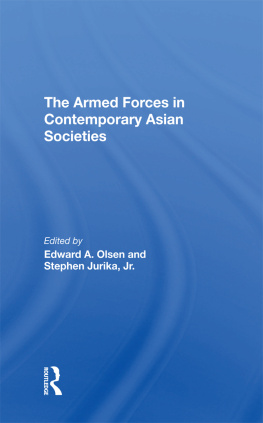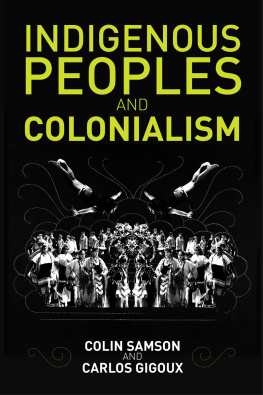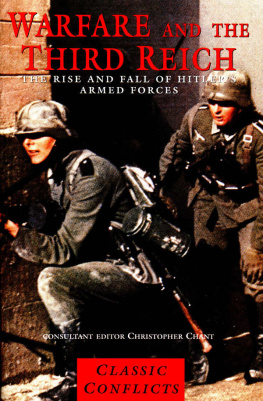DARK TROPHIES
Dark Trophies
Hunting and the Enemy Body in Modern War
Simon Harrison

Published in 2012 by
Berghahn Books
www.berghahnbooks.com
2012, 2014 Simon Harrison
First paperback edition published in 2014
All rights reserved. Except for the quotation of short passages
for the purposes of criticism and review, no part of this book
may be reproduced in any form or by any means, electronic or
mechanical, including photocopying, recording, or any information
storage and retrieval system now known or to be invented,
without written permission of the publisher.
Library of Congress Cataloging-in-Publication Data
Harrison, Simon, 1952
Dark trophies : hunting and the enemy body in modern war / Simon Harrison.
p. cm.
Includes bibliographical references and index.
ISBN 978-0-85745-498-0 (hardback : alk. paper) ISBN 978-1-78238-520-2 (paperback : alk. paper) ISBN 978-0-85745-499-7 (ebook)
1. Military trophiesHistory. 2. Military history, Modern. I. Title.
D214.H36 2012
355.02074dc23
2011044384
British Library Cataloguing in Publication Data
A catalogue record for this book is available from the British Library.
Printed in the United States on acid-free paper.
ISBN: 978-1-78238-520-2 paperback
ISBN: 978-0-85745-499-7 ebook
To my wife Ayfer
When their enemies fall [the Gauls] cut off their heads and these first-fruits of battle they fasten by nails upon their houses, just as men do, in certain kinds of hunting, with the heads of wild beasts they have mastered.
(Diodorus of Sicily, Book V. Trans. C.H. Oldfather)
[I]f Culture is the Subjects nature, then Nature is the form of the Other as body, that is, as the object for a subject. Culture takes the self-referential form of the pronoun I; nature is the form of the non-person or the object, indicated by the impersonal pronoun it. (Viveiros de Castro 1998: 478)
Contents
Acknowledgements
I thank the Economic and Social Research Council for the award of a grant (RES-062-23-0567) which allowed me a three-year period of full-time research in which to prepare this book. Early versions of some of the chapters were presented as seminars to social anthropologists at the following universities: Brunel, Cambridge, Edinburgh, Oxford, St Andrews, Queens University Belfast, University College London and the Australian National University. I thank the members of those seminars for their useful comments.
I am grateful to the publishers of Comparative Studies in Society and History, Journal of Material Culture and Journal of the Royal Anthropological Institute for allowing this book to include materials which appeared originally in a number of earlier articles (Harrison 2006, 2008a, 2010).
Many individuals have assisted with the preparation this book either by commenting on drafts of chapters, by guiding me through often unfamiliar research literatures or by providing ethnographic and historical information. Two anonymous readers for Berghahn Books saved the book from many errors. I would also like particularly to thank the following: Ramazan Altintas, Robert Balcomb, Chris Ballard, Ronnie Gamble, Harrell Gill-King, Ken Gillings, John Harries, Robin Hide, Arnold Howard, Ron Locke, Erik Lyman, Dereyk Patterson, Keiko Tamura, Emiko Ohnuki-Tierney, Danielle Trussoni, Barbara Wavell, Mark Wells, Geoffrey White and Carl Zipperer.
Introduction
Dark Trophies of Enlightened War
Combat Stress and the Enemy Dead
Ever since the emergence of professional standing armies in early modern Europe, military personnel have been expected to treat the bodies of the enemy dead honourably. Of course, such courtesies have at times been extended almost exclusively to enemies of high rank. Nevertheless, there are standards of civilized behaviour in war which forbid the soldier to maltreat the dead body of an enemy. To mutilate or desecrate corpses on the battlefield, or to collect and keep body parts, as some indigenous societies practised in the form of scalping or headhunting, would seem thoroughly malicious and reprehensible to military personnel and civilians alike. These sorts of behaviour, together with other stereotypically primitive practices such as cannibalism and human sacrifice, comprise the stock Western image of savagery.
When international humanitarian law began to develop in the second half of the nineteenth century, it formalized these norms and made the maltreatment of enemy remains illegal. The Geneva Conventions of 1949 directed that the war dead be identified and buried in marked and properly maintained graves so as to permit their repatriation after hostilities have ended. The Conventions also defined looting or despoiling of dead bodies as war crimes and required that steps be taken to ensure that the personal effects of the dead return to their next of kin. Military authorities view maltreatment of the dead on the part of their personnel in the same way as other violations of the laws of war, such as torture or the killing of prisoners. That is, they regard them as not only wrong but counterproductive in almost all circumstances, because they undermine support for the war effort at home, strengthen the determination of the enemy, and put their own side at risk of reprisals.
To the extent to which the causes of this type of misconduct have been investigated at all, the maltreatment of enemy remains is generally considered a type of deviance, or a symptom of a transient psychological disorder, brought about by the stresses of battle. When these stresses are prolonged and intense they can lead individuals to make abnormal decisions, or to engage in acts which appear aberrant in peacetime. Service personnel who refer in their memoirs to having witnessed or carried out such misconduct often account for it in this way in retrospect, as a symptom of the extreme psychological pressures experienced by soldiers in warfare, on account of traumatic events such as the death of comrades (see, for instance, Sledge 1981).
In the United States Army, maltreatment of enemy dead is currently viewed, in a similar way, largely within the framework of abnormal psychology. Military psychologists have developed a classification in which the behavioural symptoms of combat stress fall into two main types. On the one hand, stress in battle can give rise to positive or adaptive reactions such as acts of heroism and self-sacrifice, heightened loyalty to comrades and tolerance of hardship. These can contribute to a soldiers successful performance of his role. There are also negative or maladaptive reactions to combat stress. These dysfunctional reactions comprise, first, a group of behavioural disorders called battle fatigue, which includes depression, anxiety and exhaustion, among other symptoms. The maladaptive responses also include a second group of reactions called misconduct stress behaviours. These range from forms of indiscipline such as self-injury, alcohol and drug abuse, and fraternization between ranks, to serious criminal offences such as murdering prisoners or non-combatants, torture, rape, looting, and murdering ones superiors (Ritchie et al. 2008; United States Department of the Army 2003).
The U.S. Army Combat Stress Control Handbook outlines fifteen or so offences as examples of misconduct stress behaviours. One of them is the mutilation of enemy dead, which it describes as follows:
Next page


